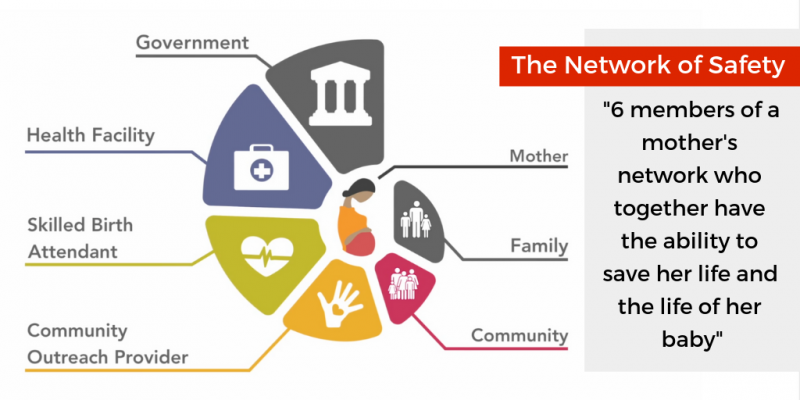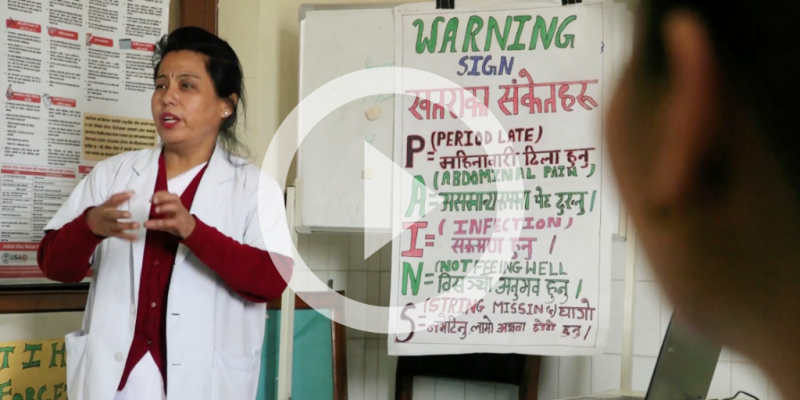The Network of Safety – Saving the Lives of Mothers and Newborns in Rural Nepal
Our latest films have been produced in partnership with One Heart Worldwide (OHW), a maternal and neonatal health nonprofit.
OHW specialises in improving the access to, and the delivery of essential healthcare services in regions where the need is the greatest.
800 women and 7,000 newborn infants die each day from mostly preventable causes related to pregnancy and delivery.
With most of these deaths occurring in low-resource settings, simple health interventions can make a big difference.
Our partnership has created a suite of educational films aiming to reduce the risk of maternal and neonatal mortality in remote, rural areas where the lives of mothers and their newborns face the highest risk of death during pregnancy and childbirth.
In rural Nepal neonatal and maternal mortality rates can be up to 3 times the national average.
Our initial film is about OHW’s model of care, the Network of Safety, which consists of “6 members of a mother’s network who together have the ability to save her life and the life of her baby”.

This model improves the health and well-being of vulnerable pregnant women and newborns that may not otherwise have access to medical or public health services due to socio-cultural barriers, limited personal resources, or living in geographically challenging environments.
Watch our film on The Network of Safety to find how this model is improving the health and well-being of vulnerable pregnant women and newborns.
5 more Educational Films in Nepali & English…
Additionally, we have created five films to aid community health training and the education of female community health volunteers (FCHVs).
In Nepal, there are 50,000 FCHVs who are trained by the government and receive a small stipend. There is normally one FCHV per village, or more if the village is larger. They are trained in a ‘birth preparedness package’ – getting ready for birth, basics of safe birth, why it’s important to have a birth attendant, warning signs – and deliver this information to women to reinforce messages about safe motherhood.
Our films will help reinforce information on safe birthing practices and care, establishing a holistic continuum of care that engages the local communities and the health workers in the Network of Safety.
- How to care for a newborn: Communicates how to properly care for a new-born straight after birth through advice and step- by- step instructions.
- Warning signs in pregnancy: Provides information on the benefits of early detection of common problems in pregnancy and how to deal with them safely.
- Understanding Focused Antenatal Care (FANC): Underlines the importance of focused antenatal care (FANC) in order to prevent life threatening health risks for the mother and unborn baby.
- How to Manage Post-partum Haemorrhage (PPH): Outlines how to detect and manage postpartum haemorrhage (PPH) for local health workers in rural Nepal.
- How to use the Uterine Balloon Tamponade (UBT): Shows local health workers in rural Nepal how to treat postpartum haemorrhage using uterine balloon tamponade.

